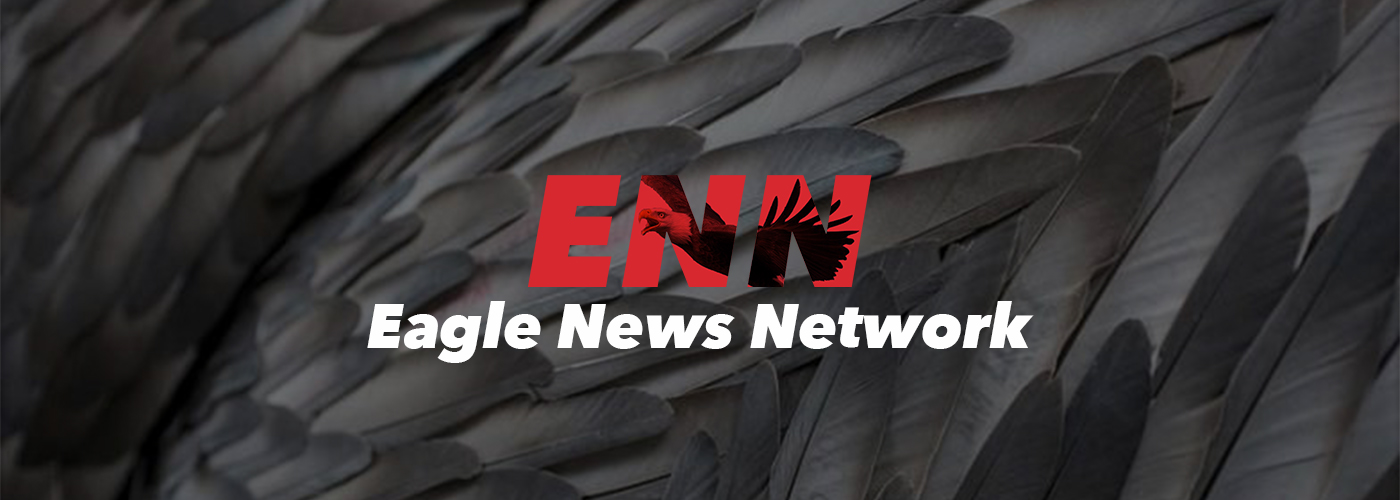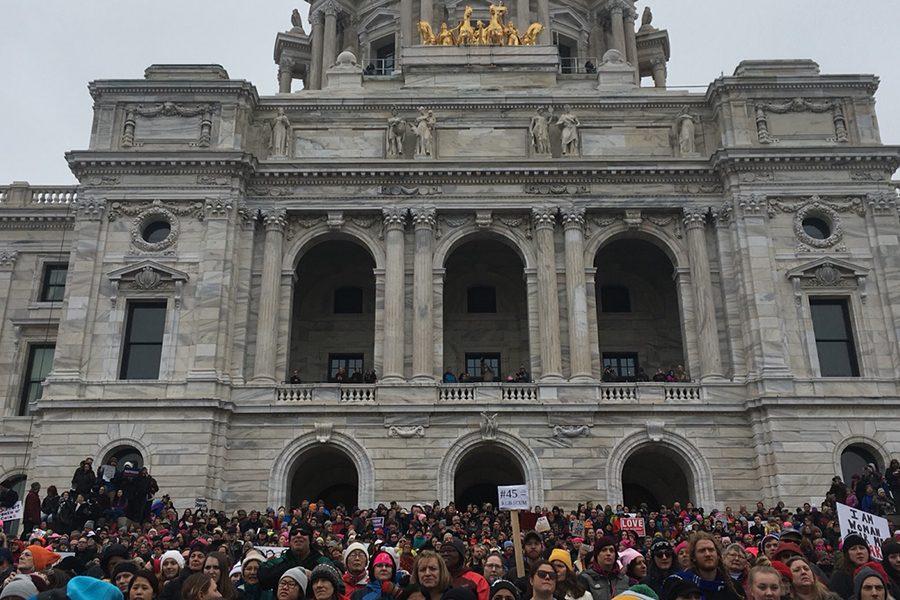Protesting in Minnesota
After President Trump’s inauguration, many different groups of people around the US gathered to protest some of Trump’s policies, general American sentiment, and to shed light on issues that aren’t always represented by the elected representatives.
A multitude of EPHS students have participated in these protests to advocate for issues they care about. Senior Caleb Martin has attended a few anti-Trump protests in Minneapolis to advocate for LGBT rights. “I went for many different reasons, but most importantly because of President Trump’s Vice President, Mike Pence. I wanted to stand up against his anti-LGBT stance on issues,” said Martin. Battling against the social stances and policies of the current executive branch was the purpose for these protests.
Fueling their anger at the outcome of the election, students looked to the various protests occurring almost weekly since the election. “I’ll be honest, I was really angry directly after the election and I wanted to do something, anything. I didn’t know what else to do besides go to the protests and I was lucky enough to have friends that came with,” said Martin. Students usually attend the protests in groups and student clubs such as Women’s Rights Club and Young Democrats have even tried to organize groups to attend protests together.
“I saw tons of different people at the protests, people from all over. There were even little kids and families, as well as one or two dogs,” said Martin. Though there was great variety in the people that attended, they all gathered for one underlying reason: to speak up and be heard. To be a part of their democracy. “I want to be a part of my democracy, I fancy the idea of making a difference,” said sophomore Katie Berges.
One of the biggest protests, the Women’s March on Washington, was a nation-wide march advocating for, among many things, human rights, LBTQ+ rights, and racial equality. “I went to the women’s march to advocate for feminism and against Donald trump, the crowd was so cool, the best energy I have been around in a long time. So positive,” said Berges. Supporters for the many issues represented by the march organized first in Washington, but the movement spread even internationally. Over 600 marches took place around the world.
Protests will likely take place weekly throughout the election cycle. “I would love to go to more in the future, if I have a valid reason for going. I most likely won’t go just to make noise; something would have to happen that I felt passionate about to do something. I don’t know for sure which I would go to, it’s usually a pretty spur of the moment thing,” said Martin.
Whatever you political stance, our democracy functions best when the most people participate in it. “If I don’t stand for what I believe in, who will?” said Berges.




